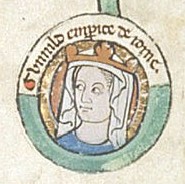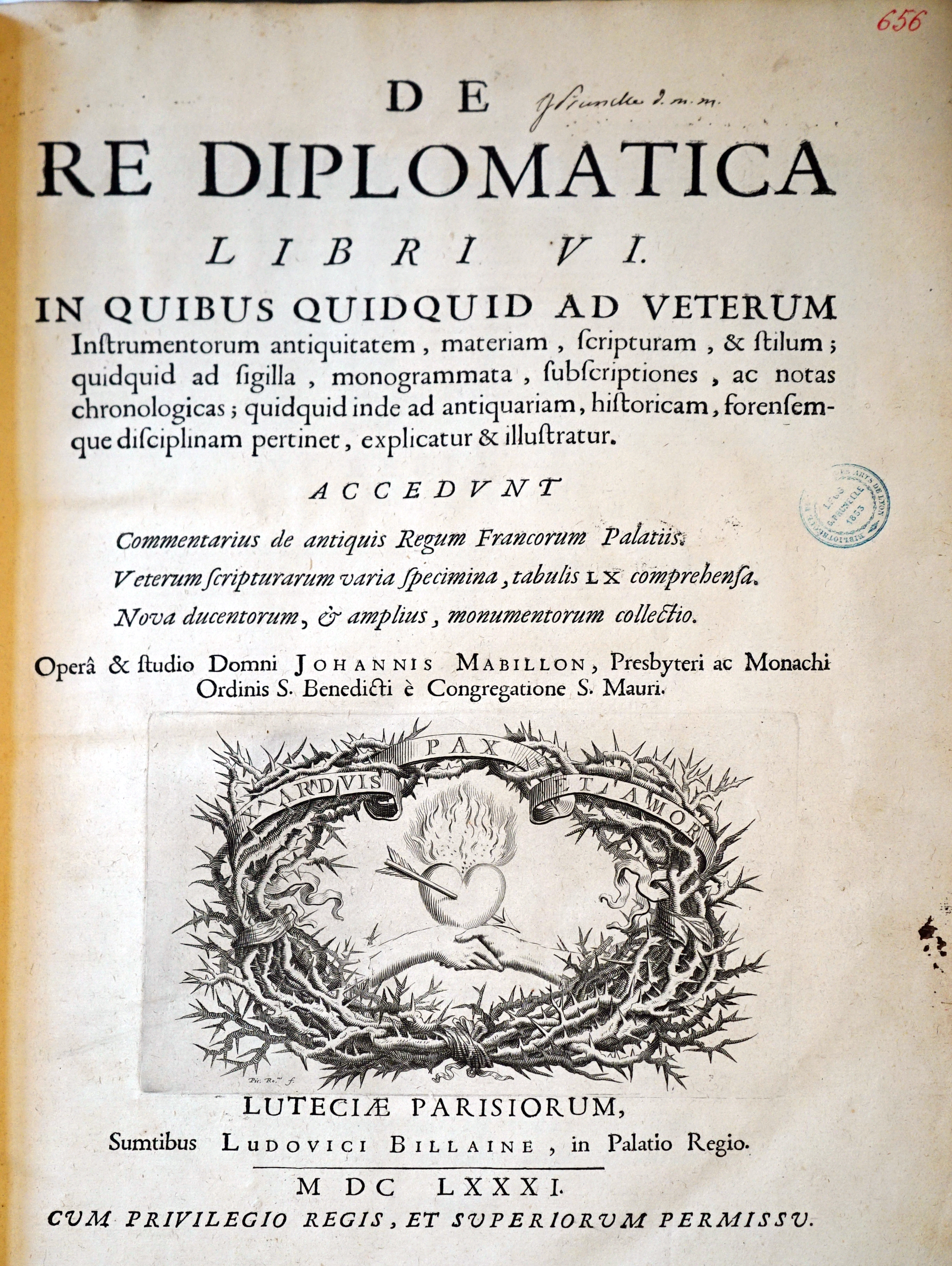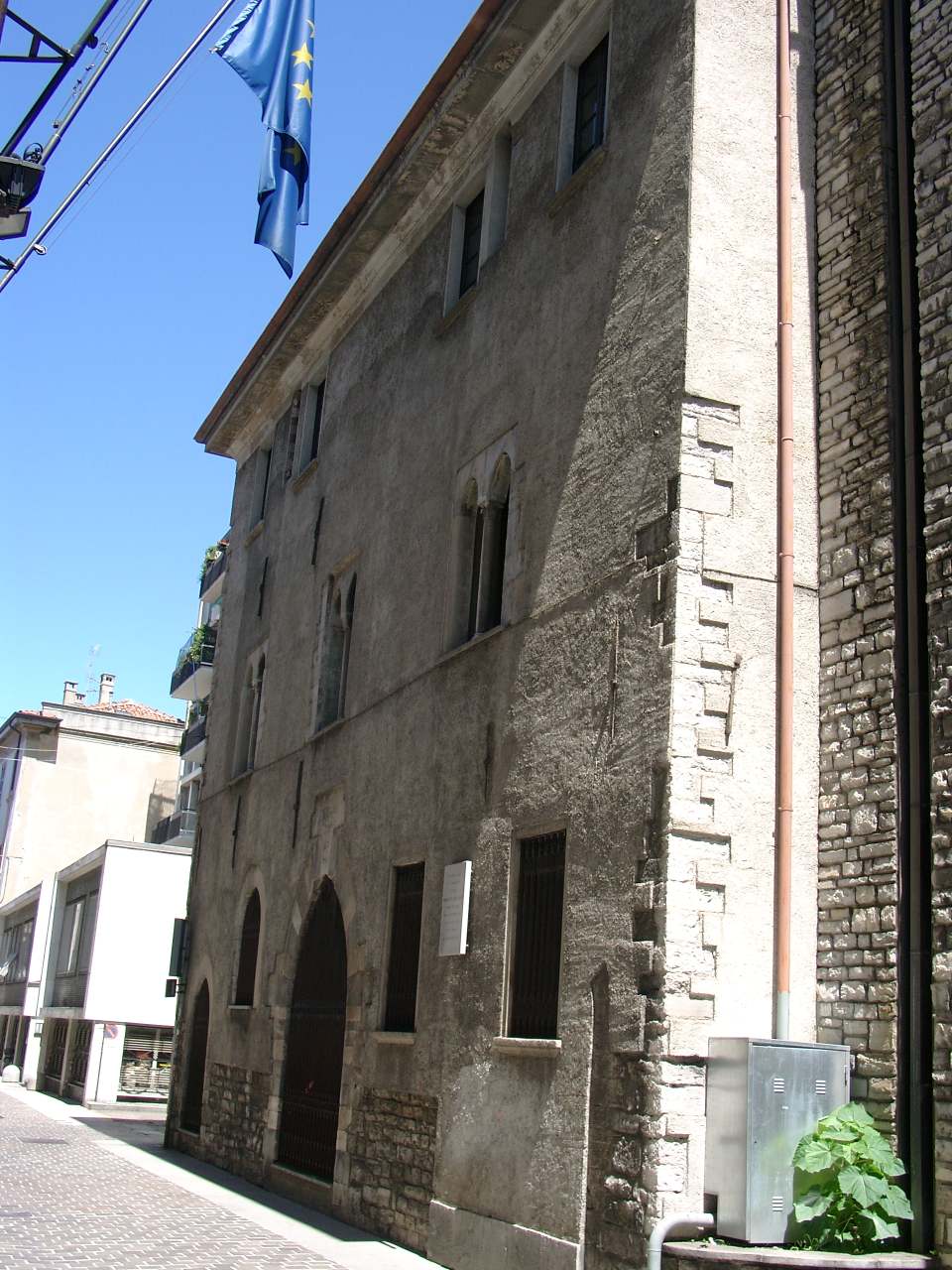|
Benediktbeuern Abbey
Benediktbeuern Abbey (Kloster Benediktbeuern) is an institute of the Salesians of Don Bosco, originally a monastery of the Benedictine Order, in Benediktbeuern in Bavaria, near the Kochelsee, 64 km south-south-west of Munich. It is the oldest and one of the most beautiful monasteries in Upper Bavaria. It was badly damaged in an extreme weather event in 2023. First Benedictine foundation The monastery, dedicated to Saints James and Benedict, was founded in around 739/740 as a Benedictine abbey by members of the Huosi, a Bavarian noble clan, who also provided the three brothers who served one after the other as the first three abbots, traditionally named as Lanfrid, Waldram (or Wulfram), and Eliland, for nearly a century. It is possible that Saint Boniface had an involvement in the foundation; he may have consecrated the church (to the holy Trinity), though this is not widely accepted. There was here a school of writing, whose work survives in the form of numerous codices ... [...More Info...] [...Related Items...] OR: [Wikipedia] [Google] [Baidu] [Amazon] |
Benediktbeuern
Benediktbeuern (; Central Bavarian: ''Benediktbeiern'') is a municipality in the district of Bad Tölz-Wolfratshausen in Bavaria, Germany, 2 kilometers, or 1.25 miles from Bichl. The village has 3,602 residents as of 31 December 2019. The medieval Latin name of Benediktbeuern was ''Buria'' (adjective: ''Burana'').SeOrbis Latinus/ref> Benediktbeuern has a famous monastery, formerly belonging to the Benedictine Order, called Benediktbeuern Abbey, which was founded in about 739. Its name is well known because of the '' Carmina Burana'' ('Benediktbeuern songs') manuscript found there in 1803 and subsequently set to music by Carl Orff. Since 1930 the Salesians of Don Bosco have lived in this monastery. Johann Wolfgang von Goethe visited Benediktbeuern during his third journey to Italy in 1786. The secular village itself - its ribbon-development clearly distinct from the abbey's edifices - was called Laingruben until 30 November 1865, when it was permitted to take the name of the m ... [...More Info...] [...Related Items...] OR: [Wikipedia] [Google] [Baidu] [Amazon] |
Emperor Henry III
Henry III (, 28 October 1016 – 5 October 1056), called the Black () or the Pious, was Holy Roman Emperor from 1046 until his death in 1056. A member of the Salian dynasty, he was the eldest son of Conrad II and Gisela of Swabia. Henry was raised by his father, who made him Duke of Duchy of Bavaria, Bavaria in 1026, appointed him co-ruler in 1028 and bestowed him with the duchy of Swabia and the Kingdom of Burgundy ten years later in 1038. The emperor's death the following year ended a remarkably smooth and harmonious transition process towards Henry's sovereign rule, that was rather uncharacteristic for the Ottonian dynasty, Ottonian and Salian dynasty, Salian monarchs. Henry succeeded Conrad II as Duke of Carinthia and King of Italy and continued to pursue his father's political course on the basis of ''virtus et probitas'' (courage and honesty), which led to an unprecedented sacral exaltation of the kingship. In 1046 Henry ended the History of the papacy (1048–1257), papal s ... [...More Info...] [...Related Items...] OR: [Wikipedia] [Google] [Baidu] [Amazon] |
Mabillon
Dom Jean Mabillon , (; 23 November 1632 – 27 December 1707) was a French Benedictine monk and scholar of the Congregation of Saint Maur. He is considered the founder of the disciplines of palaeography and diplomatics. Early life Mabillon was born in the town of Saint-Pierremont, then in the ancient Province of Champagne, now a part of the Department of Ardennes. He was the son of Estienne Mabillon and his wife Jeanne Guérin. At the age of 12 he became a pupil at the Collège des Bons Enfants in Reims. Having entered the seminary in 1650, he left after three years and in 1653 became instead a monk in the Maurist Abbey of Saint-Remi. There his dedication to his studies left him ill, and in 1658 he was sent to Corbie Abbey to regain his strength. He was ordained at Corbie in 1660. In 1663 he was transferred again to Saint-Denis Abbey near Paris, and the following year to the Abbey of Saint-Germain-des-Prés in Paris. This was a move which offered wide opportunities for ... [...More Info...] [...Related Items...] OR: [Wikipedia] [Google] [Baidu] [Amazon] |
Magnoald Ziegelbauer
Magnoald Ziegelbauer (1689 – 14 January 1750) was a Benedictine monk and ecclesiastical historian. Life Ziegelbauer was born in 1689 in Ellwangen, Swabia. He took vows at the Benedictine monastery of Zwiefalten on 21 November 1707, where he was ordained priest on 21 March 1713 and where he became professor of theology. Soon however some of the illiterate monks of Zwiefalten made plain their dislike of the learned and studious Ziegelbauer, who therefore obtained his abbot's permission to live at another monastery of the order. At first he went to Reichenau Abbey, where he taught theology. About 1730 the prior of this imperial monastery sent him to the court of Vienna on business relating to the monastery, after the successful accomplishment of which he taught moral theology at Göttweig Abbey from 1732 to 1733, then returned to Vienna to devote himself to literary activity. In 1734, he became tutor of the young Barons von Latermann. From 1747 until his death he resided at Olom ... [...More Info...] [...Related Items...] OR: [Wikipedia] [Google] [Baidu] [Amazon] |
Landshut
Landshut (; ) is a town in Bavaria, Germany, on the banks of the Isar, River Isar. Landshut is the capital of Lower Bavaria, one of the seven administrative regions of the Free state (government), Free State of Bavaria, and the seat of the surrounding district. With a population of more than 75,000, Landshut is the largest city in Lower Bavaria, followed by Passau and Straubing. The town, called City of the Three Helmets (), is known for its picturesque Gothic architecture, Gothic old town and the Landshut Wedding, a full-tilt medieval festival. The cityscape is dominated by the St. Martin's Church, Landshut, St. Martin's Basilica and Trausnitz Castle high above the old town. Close to Munich and Franz Josef Strauss International Airport, Landshut is industrialized (BMW, ebm-papst, Schott AG, Schott), has a low unemployment rate and is among the richest towns in Bavaria. Geography Landshut lies in the Alpine foothills. The River Isar runs through the city and splits in two in t ... [...More Info...] [...Related Items...] OR: [Wikipedia] [Google] [Baidu] [Amazon] |
Salzburg
Salzburg is the List of cities and towns in Austria, fourth-largest city in Austria. In 2020 its population was 156,852. The city lies on the Salzach, Salzach River, near the border with Germany and at the foot of the Austrian Alps, Alps mountains. The town occupies the site of the Roman settlement of ''Iuvavum''. Founded as an episcopal see in 696, it became a Prince-Archbishopric of Salzburg, seat of the archbishop in 798. Its main sources of income were salt extraction, trade, as well as gold mining. The Hohensalzburg Fortress, fortress of Hohensalzburg, one of the largest medieval fortresses in Europe, dates from the 11th century. In the 17th century, Salzburg became a centre of the Counter-Reformation, with monasteries and numerous Baroque churches built. Salzburg has an extensive cultural and educational history, being the birthplace of Wolfgang Amadeus Mozart and being home to three universities and a large student population. Today, along with Vienna and the Tyrol (st ... [...More Info...] [...Related Items...] OR: [Wikipedia] [Google] [Baidu] [Amazon] |
German Mediatisation
German mediatisation (; ) was the major redistribution and reshaping of territorial holdings that took place between 1802 and 1814 in Germany by means of the subsumption and Secularization (church property), secularisation of a large number of Imperial Estates, prefiguring, precipitating, and continuing after the dissolution of the Holy Roman Empire. Most Hochstift, ecclesiastical principalities, free imperial cities, secular principalities, and other minor self-ruling entities of the Holy Roman Empire lost their independent status and were absorbed by the remaining states. By the end of the mediatisation process, the number of German states had been reduced from almost 300 to 39. In the strict sense of the word, mediatisation consists in the subsumption of an Imperial immediacy, immediate () state into another state, thus becoming ''mediate'' (), while generally leaving the dispossessed ruler with his private estates and a number of privileges and feudal rights, such as High, m ... [...More Info...] [...Related Items...] OR: [Wikipedia] [Google] [Baidu] [Amazon] |
Livy
Titus Livius (; 59 BC – AD 17), known in English as Livy ( ), was a Roman historian. He wrote a monumental history of Rome and the Roman people, titled , covering the period from the earliest legends of Rome before the traditional founding in 753 BC through the reign of Augustus in Livy's own lifetime. He was on good terms with members of the Julio-Claudian dynasty and was a friend of Augustus. Livy encouraged Augustus’s young grandnephew, the future emperor Claudius, to take up the writing of history. Life Livy was born in Patavium in northern Italy, now modern Padua, probably in 59 BC. At the time of his birth, his home city of Patavium was the second wealthiest on the Italian peninsula, and the largest in the province of Cisalpine Gaul (northern Italy). Cisalpine Gaul was merged into Italy proper during his lifetime and its inhabitants were given Roman citizenship by Julius Caesar. In his works, Livy often expressed his deep affection and pride for Patavium, and the ... [...More Info...] [...Related Items...] OR: [Wikipedia] [Google] [Baidu] [Amazon] |
Pope Innocent XI
Pope Innocent XI (; ; 16 May 1611 – 12 August 1689), born Benedetto Odescalchi, was head of the Catholic Church and ruler of the Papal States from 21 September 1676 until his death on 12 August 1689. Political and religious tensions with Louis XIV of France were a constant preoccupation for Innocent XI. Within the Papal States, he lowered taxes, produced a surplus in the papal budget and repudiated nepotism within the Church. Innocent XI was frugal in his governance of the Papal States, his methods evident in matters ranging from his manner of dress to a wide range of standards of personal behavior consistent with his conception of Christian values. Once he was elected to the papacy, he applied himself to moral and administrative reform of the Roman Curia. He abolished sinecures and pushed for greater simplicity in preaching as well as greater reverence in worship, requesting this of both the clergy and faithful. In consideration of his diplomatic and financial support for ... [...More Info...] [...Related Items...] OR: [Wikipedia] [Google] [Baidu] [Amazon] |
Bavarian Congregation
The Bavarian Congregation is a congregation of the Benedictine Confederation consisting (with one exception) of monasteries in Bavaria, Germany. It was founded on 26 August 1684 by Pope Innocent XI (1676-1689). First Congregation Until the secularisation of Bavaria in 1803 the following abbeys belonged to the congregation: * Andechs Abbey * Attel Abbey * Benediktbeuern Abbey * Ensdorf Abbey * Frauenzell Abbey * Mallersdorf Abbey * Michelfeld Abbey * Oberaltaich Abbey *Prüfening Abbey *St. Emmeram's Abbey * Reichenbach Abbey *Rott Abbey *Scheyern Abbey *Tegernsee Abbey * Thierhaupten Abbey * Weihenstephan Abbey * Weissenohe Abbey *Weltenburg Abbey * Wessobrunn Abbey All these monasteries were dissolved in 1803, however, and the congregation lapsed at that point. Second Congregation The congregation was re-established by Pope Pius IX on 5 February 1858, comprising to begin with three monasteries re-founded by Ludwig I of Bavaria: Metten; St. Boniface's Abbey, Munich, with Andechs ... [...More Info...] [...Related Items...] OR: [Wikipedia] [Google] [Baidu] [Amazon] |
Johann Michael Fischer
Johann Michael Fischer (18 February 1692 – 6 May 1766) was a German architect in the late Baroque period. Fischer was born in Burglengenfeld, Upper Palatinate. He is a major representative of south German Baroque architects. He studied in Bohemia and combined Bohemian elements with Bavarian Baroque traditions. He often co-operated with the most gifted Bavarian artists of his time, such as Cosmas Damian Asam and Egid Quirin Asam, Johann Joseph Christian, Johann Michael Feuchtmayer, Matthäus Günther, Ignaz Günther, Franz Joseph Spiegler, Johann Baptist Straub, and Johann Baptist Zimmermann. Fischer died, aged 74, in Munich, and is buried in the Munich Frauenkirche. Main works Fischer designed 32 churches and 23 monasteries in southern Germany. Among these, the best-known are the following. Bavaria * Aufhausen— Pilgrimage Church of Maria Schnee (1736–1751) * Benediktbeuern—Anastasia Chapel in the Church of St. Benedikt (1750–1758), consi ... [...More Info...] [...Related Items...] OR: [Wikipedia] [Google] [Baidu] [Amazon] |
Sweden
Sweden, formally the Kingdom of Sweden, is a Nordic countries, Nordic country located on the Scandinavian Peninsula in Northern Europe. It borders Norway to the west and north, and Finland to the east. At , Sweden is the largest Nordic country by both area and population, and is the List of European countries by area, fifth-largest country in Europe. Its capital and largest city is Stockholm. Sweden has a population of 10.6 million, and a low population density of ; 88% of Swedes reside in urban areas. They are mostly in the central and southern half of the country. Sweden's urban areas together cover 1.5% of its land area. Sweden has a diverse Climate of Sweden, climate owing to the length of the country, which ranges from 55th parallel north, 55°N to 69th parallel north, 69°N. Sweden has been inhabited since Prehistoric Sweden, prehistoric times around 12,000 BC. The inhabitants emerged as the Geats () and Swedes (tribe), Swedes (), who formed part of the sea-faring peopl ... [...More Info...] [...Related Items...] OR: [Wikipedia] [Google] [Baidu] [Amazon] |







